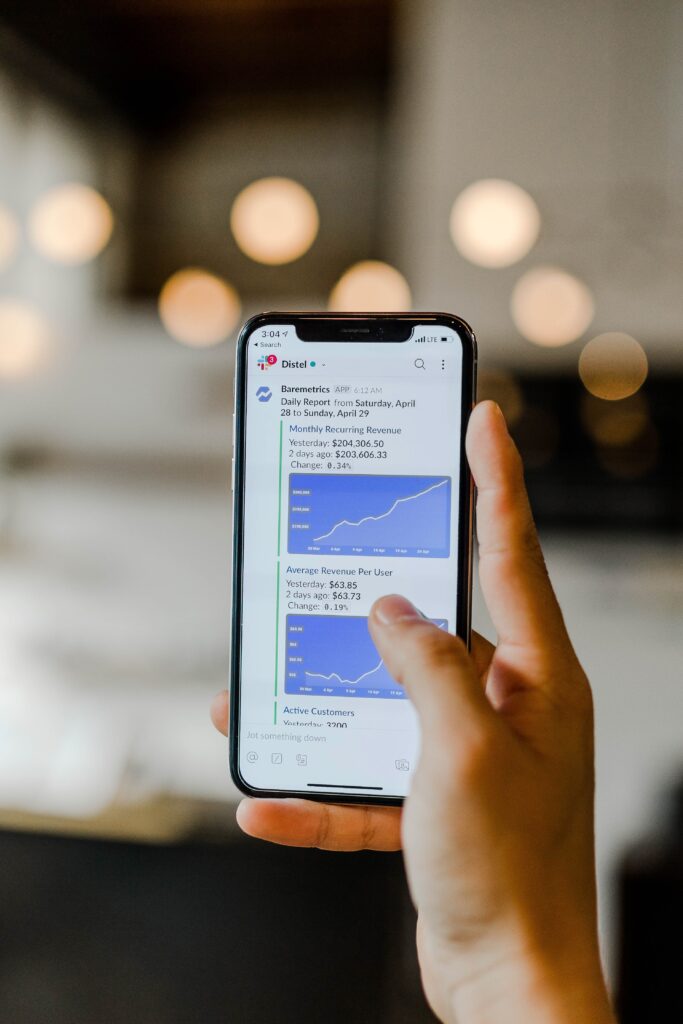SaaS Pricing Strategies for Success

In the fast-paced and competitive world of software as a service (SaaS), pricing strategies can make or break a company’s success. The ability to effectively price products and services is crucial for attracting customers, maximizing revenue, and ensuring long-term growth. From determining the right pricing model to setting the optimal price point, SaaS companies must navigate a complex landscape to stay ahead of the competition. This article explores the importance of SaaS pricing strategies for success, offering insights and expert commentary on how to make informed pricing decisions in the ever-evolving SaaS industry.

SaaS Pricing Strategies for Success
As a SaaS company, setting the right pricing strategy is crucial for your success. Not only does it impact your revenue and profitability, but it also plays a significant role in gaining a competitive advantage, influencing customer perception, and driving customer acquisition and retention. In this article, we will explore various pricing strategies that can help you achieve success in the SaaS industry.
Importance of Pricing in SaaS
Impact on Revenue and Profitability
Setting the right price for your SaaS product is essential for maximizing your revenue and profitability. Your pricing strategy should take into account your costs and expenses, as well as the perceived value of your product among customers. By finding the right balance between price and value, you can ensure that you are charging enough to cover your costs while still offering a competitive price that customers are willing to pay.
Pricing as a Competitive Advantage
In a crowded SaaS market, pricing can be a powerful competitive advantage. By offering a lower price than your competitors, you can attract price-sensitive customers who are looking for the best deal. On the other hand, if you position your product as a premium offering and charge a higher price, you can appeal to customers who value quality and are willing to pay more for it. Your pricing strategy can help you differentiate yourself from competitors and stand out in the market.
Effect on Customer Perception
The price you charge for your SaaS product can significantly influence how customers perceive your offering. A high price can create the perception of exclusivity and premium quality, while a low price may suggest a lower quality or lack of features. It is important to align your pricing with the value you provide to customers to ensure that they perceive your product as worth the price you are asking.
Influence on Customer Acquisition and Retention
Pricing plays a crucial role in attracting new customers and retaining existing ones. By setting the right price, you can create a compelling value proposition that convinces potential customers to choose your product over competitors. Additionally, your pricing strategy should consider customer retention by offering pricing plans and models that encourage long-term commitment and loyalty.

Factors to Consider when Setting SaaS Pricing
When setting the pricing for your SaaS product, there are several factors you need to consider. These factors will help you make informed decisions about your pricing strategy and ensure that you are charging the right price for your product.
Market Analysis
Before setting your prices, it is important to conduct a thorough market analysis. This involves researching your target market, understanding the competitive landscape, and identifying pricing trends and benchmarks. By gathering this information, you can gain insights into what customers are willing to pay for similar products and how your pricing compares to competitors.
Target Customer
Your target customer should play a central role in determining your pricing strategy. Different customer segments have different price sensitivities and value perceptions. By understanding the needs and preferences of your target customers, you can tailor your pricing to appeal to them and capture their willingness to pay.
Unique Value Proposition
Your unique value proposition is what sets your SaaS product apart from competitors. It is important to consider the value your product provides to customers and use that as a basis for your pricing. The more value your product offers, the more you can charge for it. Take into account the features, functionality, and benefits that make your product unique and incorporate them into your pricing strategy.
Costs and Expenses
Your pricing strategy should also take into account your costs and expenses. You need to ensure that your prices are high enough to cover your expenses and generate a profit. Consider the costs of developing and maintaining your product, as well as any overhead expenses associated with running your business. By understanding your costs, you can determine the minimum price you need to charge to achieve profitability.
Competitor Pricing
Analyzing competitor pricing is essential for understanding the market and positioning your product. By monitoring your competitors’ pricing strategies, you can identify gaps and opportunities in the market that you can leverage to your advantage. Consider how your pricing compares to competitors and whether there is room to differentiate yourself based on price.
Profit Goals
Your pricing strategy should align with your profit goals as a business. Determine what level of profitability you aim to achieve and set your prices accordingly. Consider factors such as desired profit margins, revenue targets, and growth projections. By setting clear profit goals, you can ensure that your pricing strategy supports your overall business objectives.
Pricing Strategy Alignment
Finally, it is important to align your pricing strategy with your overall business strategy. Consider how pricing fits into your overall value proposition, positioning, and branding. Your pricing should be consistent with the image you want to convey to customers and the market. Additionally, your pricing strategy should support your sales and marketing efforts, enabling you to effectively communicate the value of your product to potential customers.
Value-based Pricing
Value-based pricing is a strategy that focuses on pricing a product based on the perceived value it provides to customers. Instead of solely considering costs or competitor prices, value-based pricing takes into account the unique benefits and advantages that your product offers. By aligning your price with the value customers receive, you can capture a fair share of that value and maximize your revenue.
Understanding Customer Value
To implement value-based pricing, you need to have a deep understanding of the value your product provides to customers. This involves identifying the key benefits and outcomes that customers experience when using your product. Conduct customer research, gather feedback, and analyze data to uncover the tangible and intangible value that your product delivers.
Identifying Key Value Drivers
Once you have a clear understanding of customer value, you can identify the key value drivers that influence their willingness to pay. These value drivers can include factors such as time savings, efficiency gains, cost reduction, increased productivity, and improved outcomes. By quantifying and prioritizing these drivers, you can determine the value impact of your product and use it as a basis for setting your prices.
Communicating Value to Customers
Value-based pricing requires effective communication of the value your product provides. You need to clearly articulate the benefits and outcomes that customers can expect to achieve by using your product. Use messaging, marketing materials, and sales conversations to highlight the specific value drivers and explain how they translate into customer value. This will help customers understand why your product is worth the price you are asking.
Pricing Structures for Value-based Pricing
There are several pricing structures that can be used for value-based pricing. These include tiered pricing, where different price points are offered based on the perceived value of each tier; usage-based pricing, where customers pay based on their usage of the product; and per-feature pricing, where customers pay for specific features or modules that provide additional value. Consider which pricing structure aligns best with the value your product delivers and customer preferences.
Benefits and Challenges of Value-based Pricing
Value-based pricing offers several benefits for SaaS companies. It allows you to capture a fair share of the value your product provides, maximizing your revenue. Additionally, value-based pricing helps differentiate your product from competitors and positions it as a premium offering. However, implementing value-based pricing can be challenging, as it requires a deep understanding of customer value, effective communication, and a thorough analysis of pricing structures and models.








